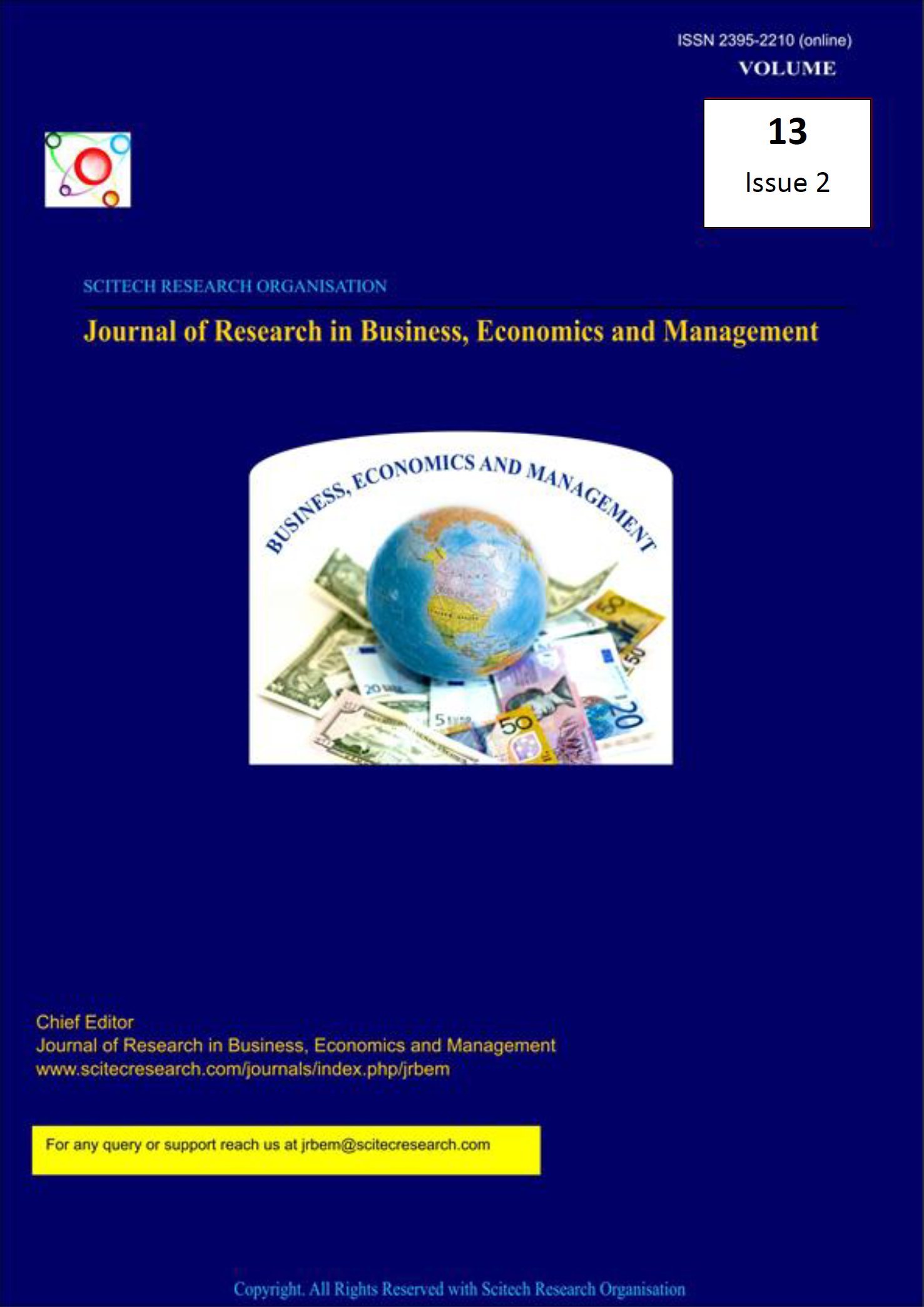WOMEN ENTREPRENEURS IN INDONESIA
Abstract
As an entrepreneur, male-dominated industry also plays a role in shaping women entrepreneurs’ understanding of glass ceiling. Respondent 08’s business was in technology and she sees that men are less likely to take her seriously. Owning a business in the coffee industry, where it is often perceived as a masculine hobby, Respondent 04 entrepreneur experienced different types of barriers compared to her man counterparts. She said that building trust as a woman business owner in a male dominated industry is harder. Also, she also finds dealing with many stakeholders, such as farmers or merchants who is more likely to be men more difficult, therefore she sees these barriers as her glass ceiling in expanding her business. After analysing the data from the interviews, glass ceiling does have an impact on women entrepreneur, specifically on how they carry themselves and how they manage their business. Their glass ceiling exposure is proven to have affected how they see themselves, as woman and entrepreneur, how they create policies and make decision for their business.
Downloads
References
[2] Agier, I., & Szafarz, A. (2013). Microfinance and Gender: Is There a Glass Ceiling on Loan Size? World Development, 42(1), 165–181. https://doi.org/10.1016/j.worlddev.2012.06.016
[3] Anggadwita, G., & Dhewanto, W. (2016). The influence of personal attitude and social perception of women entrepreneurial intentions in micro and small enterprises in Indonesia. Int. J. Entrepreneurship and Small Business, 27(2), 131–148.
[4] Babbitt, L. G., Brown, D., & Mazaheri, N. (2015). Gender, Entrepreneurship, and the Formal-Informal Dilemma: Evidence from Indonesia. World Development, 72, 163–174. https://doi.org/10.1016/j.worlddev.2015.02.019
[5] Barnett, F., & Barnett, S. (1988). Working Together: Entrepreneurial Couples. Berkley, CA: Ten Speed Press.
[6] Cadaret, M. C., Hartung, P. J., Subich, L. M., & Weigold, I. K. (2017). Stereotype threat as a barrier to women entering engineering careers. Journal of Vocational Behavior, 99, 40–51. https://doi.org/10.1016/j.jvb.2016.12.002
[7] Cassandra, E. (2017). Gender equality in Southeast Asia : a comparative study of Indonesia and the Philippines. Naval Postgraduate School. Retrieved from https://calhoun.nps.edu/bitstream/handle/10945/56133/17Sep_Hauser_Cassandr a.pdf?sequence=1
[8] De Vita, L., Mari, M., & Poggesi, S. (2014). Women entrepreneurs in and from developing countries: Evidences from the literature. European Management Journal, 32(3), 451–460. https://doi.org/10.1016/j.emj.2013.07.009
[9] Dzuhayatin, S. R., & Edwards, J. (2010). Hitting our Heads on the Glass Ceiling: Women and Leadership in Education in Indonesia. Indonesian Journal for Islamic Studies, 17(2), 199–232.
[10] Glass, C., & Cook, A. (2016). Leading at the top: Understanding women’s challenges above the glass ceiling. Leadership Quarterly, 27(1), 51–63. https://doi.org/10.1016/j.leaqua.2015.09.003.
[11] Mattis, M. C. (2004). Women entrepreneurs: out from under the glass ceiling. Women in Management Review, 19(3), 154–163. https://doi.org/10.1108/09649420410529861
[12] Sharif, M. Y. (2015). Glass Ceiling, the Prime Driver of Women Entrepreneurship in Malaysia: A Phenomenological Study of Women Lawyers. Procedia – Social and Behavioral Sciences, 169(August 2014), 329–336. https://doi.org/10.1016/j.sbspro.2015.01.317.
TRANSFER OF COPYRIGHT
JRBEM is pleased to undertake the publication of your contribution to Journal of Research in Business Economics and Management.
The copyright to this article is transferred to JRBEM(including without limitation, the right to publish the work in whole or in part in any and all forms of media, now or hereafter known) effective if and when the article is accepted for publication thus granting JRBEM all rights for the work so that both parties may be protected from the consequences of unauthorized use.





